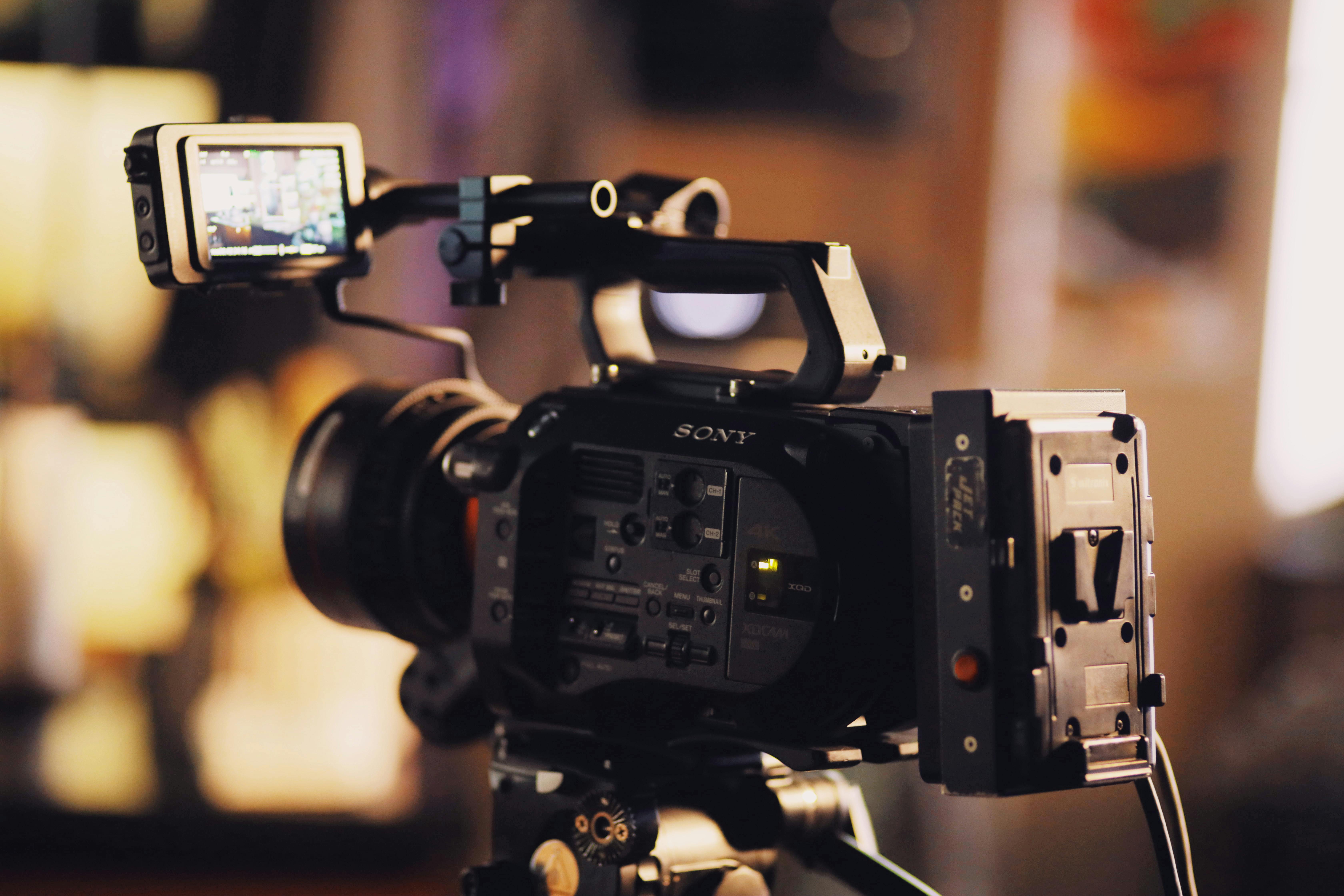When the iPhone 4 was released in June 2010, it was not without its glitches. The first reported fault was with the iPhone 4’s 3G wireless antenna. This was suspected to cause poor reception and high volume of dropped calls. The next issue reported was with the iPhone 4 proximity sensor. Apple addressed this issue at the software level with the release of iOS 4.1.
Since the release of iOS 4.1, there have been many questions about whether or not the update resolved the iPhone 4 proximity sensor issue once and for all. From my own experience, I have not had any complaints since this software update was released.
Some of you may be wondering, “What is a proximity sensor and what does it do?” Without getting too involved, all iPhones (including original iPhone 2G, 3G, and 3GS models) have a proximity sensor. This sensor emits an infrared (IR) light that detects the presence of a solid object (such as a head or hand), while you have a call in progress or while listening to voicemail. When it detects a solid object, it turns off your iPhone’s LCD panel. This is one feature you’ll probably never miss until it doesn’t work anymore.
The proximity sensor feature actually has two distinct benefits. First of all, you’re not silencing your phone, accidentally pressing buttons, or hanging up on callers with your cheek. The other benefit is that it conserves power consumption and improves your phone’s battery life between charge cycles.
As an Apple Certified Macintosh Technician who supports and repairs Apple products for a living, this is an issue that cannot be ignored. The reputation of my business hung in the balance of being able to find a reliable and professional solution to this problem. I have done extensive research and testing on this issue and feel that I have made significant progress in resolving this annoying glitch.
In the four years that I have been repairing iPhones, I have only recently started experiencing the issues that have been widely documented and reported. Since the release of iOS 4.1, I have not seen any cases where the iPhone’s proximity sensor has failed on a phone that has not been modified. When I say “modified” I mean a phone that has undergone a color cast, or one where the front glass and LCD screen were replaced due to the phone being dropped and the original glass broken. I noticed that the occurrence was more apparent after doing a color conversion.
Since the iPhone 4 proximity sensor is located in the middle frame of the iPhone and is not part of the front glass and LCD assembly, I never questioned the quality of the parts I was buying. With that in mind, I started testing each phone before I repaired it. I wanted to make sure the phones were working properly, before doing any repairs or color conversions. So far, I have yet to find one that was not working right before the repair. It turns out that the problem was attributed to two factors.
1. The unique sensitivity of each iPhone’s proximity sensor.
2. The proximity sensor cover on some of the replacement glass is not as dark. This allows too much light to pass through.
I’ve read many articles and blogs that suggest using black tape with holes punched in it or a black magic marker to cover the iPhone’s proximity sensor. I did not feel that any of these arrangements offered a professional solution, or one that I was proud to employ in my practice.
After speaking with my parts dealer, I found that the best solution to this problem is an inexpensive “sensor cover”. This cover is a small piece of film with a coating that appears to be the same red polarized coating that some sunglasses have. This small piece of film is installed over the top of the iPhone’s proximity sensor.
At the end of the day, it seems like too much light gets in and confuses the phone. The proximity sensor cover filters excess light from entering the phone and solves the problem.
